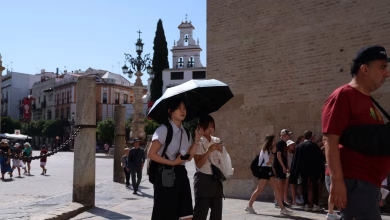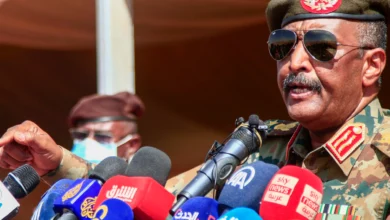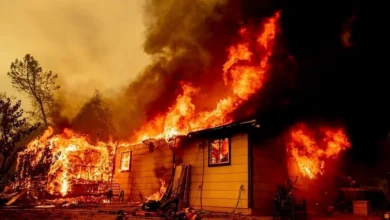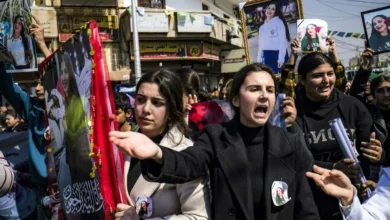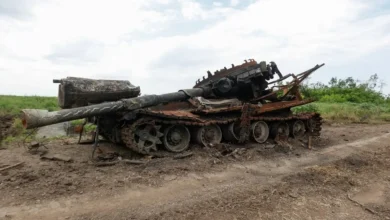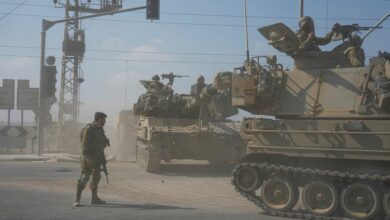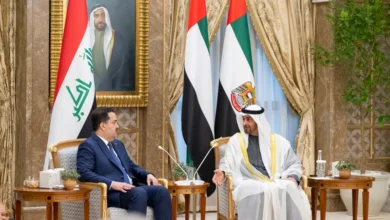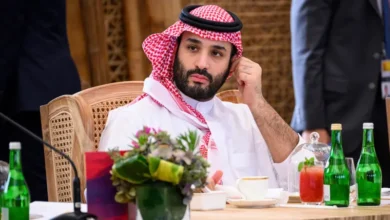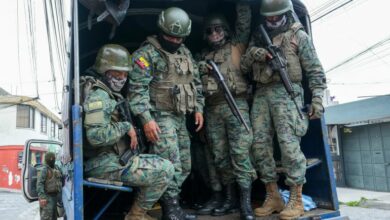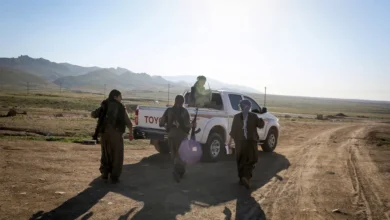India’s stateless babies: How lawless asylum rules leave refugees in limbo
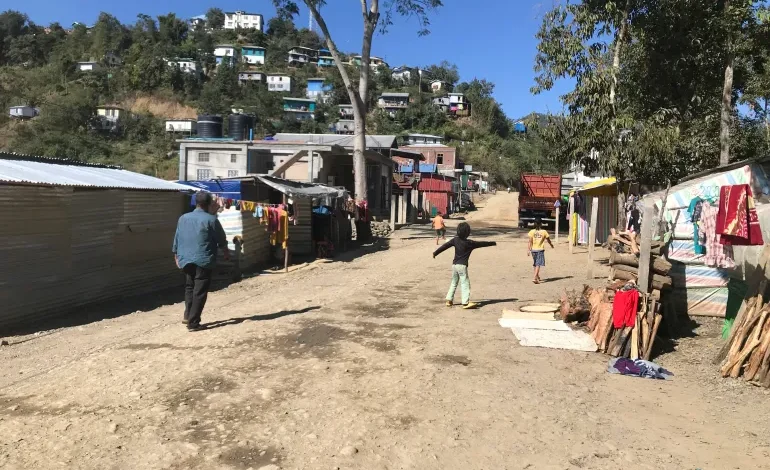
“Why are you screaming? You are a refugee,” a nurse told 26-year-old Jamie* as she struggled with an exceptionally painful childbirth at a hospital in India’s northeastern state of Mizoram.
A few hours later, amid her agony, Jamie’s baby Sophia was born – joining a growing group of other stateless babies born to Myanmar parents seeking refuge in Mizoram.
It has been two years since Jamie and her husband fled Myanmar after the 2021 military coup and arrived in Champhai, a bustling town in Mizoram, 320km (199 miles) from the Myanmar border.
Myanmar was no longer safe for the young couple, but life across the border has not been what they had hoped for.
“Sophia was not given a birth certificate. They say we need an Indian voter’s ID, something we cannot get since the country has also not given us a refugee ID,” Jamie says.
“So now Sophia is stateless. She was given vaccines and we can take her to the doctor but she doesn’t have a citizenship status. We have to go back to Myanmar and try to get it for her.”
Placing a gentle kiss on her daughter’s forehead, Jamie says all she hopes is for her two-month-old daughter to become a citizen of a country.
Historically, India has been a welcoming home to people across faiths fleeing persecution, from Parsis centuries ago, to Tibetans (from 1959), Bengalis from Bangladesh (in 1971), Afghans across three wars, Sri Lankan Tamils, people from Myanmar and also Africa. During the Holocaust, an estimated 5,000 persecuted Jews from Europe came to India and made it their home, at a time when the United States turned many from the community away.
But the country lacks a national refugee law and is also not a signatory to the United Nations 1951 Refugee Convention – a protocol outlining the international standards of treating and protecting people seeking refuge.
This has left many people seeking asylum in India, in limbo.
Different rules
An hour’s drive away from Champhai, at a refugee camp in the picturesque Indian border village of Zokhawthar, which is separated from Myanmar by the Tiau river, 30-year-old Ruati also awaits a refugee card – an identity document that would give her access to food, education, healthcare and other facilities that either the host country or the United Nations provides.
She fled Myanmar in 2021 on a scooter with her family. After living in the refugee camp for more than two years, she yearns to work and earn a living. But there’s a problem.
“We want to work but cannot since India is not giving us a refugee card,” she says. “We’re surviving on food and other donations given to us by the state government and NGOs and groups in Mizoram like the Young Mizo Association.
“I used to live and work in China before 2021 and worked there cleaning houses. So for now, I have savings but it won’t last long. But using my savings, I have bought some snacks and drinks in the Myanmar market, and sell them in the camp to make more money.”
